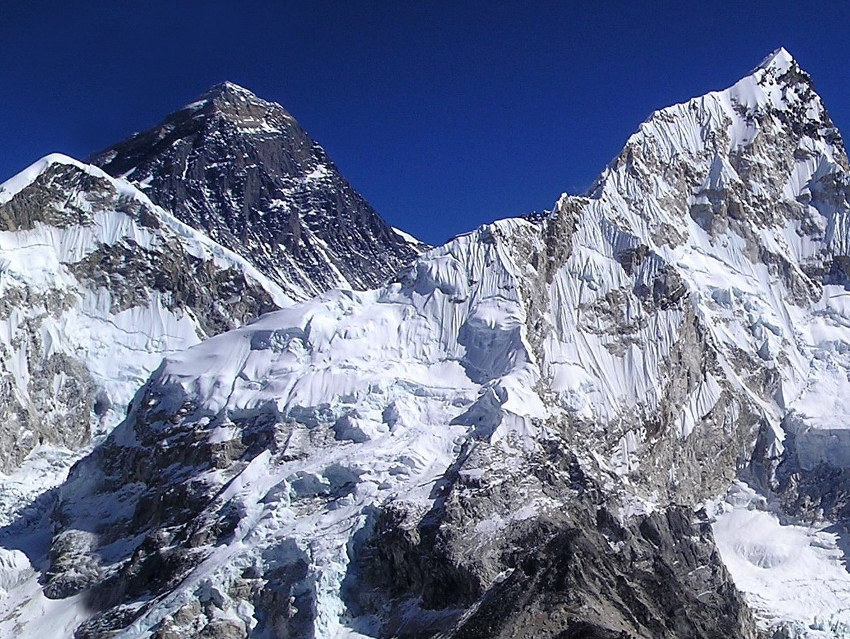The Himalaya-Tibetan Plateau region has the largest reserve of glacial snow and ice outside of the poles. It plays an important role in supplying water for ecosystems in Asia. The glaciers are sensitive to climate change and have been retreating over the past decade.
Burning biomass or fossil fuels release light-absorbing, carbonaceous particles that can be deposited on snow and ice and promote the melting of glaciers. One type of these particles, called black carbon, can be transported by wind over long distances and end up in the Himalayan atmosphere. Less is known about brown carbon, a particle that can form so-called “tarballs”—small, viscous spheres mainly consisting of carbon, oxygen, and nitrogen.
Weijun Li, Zhejiang University, Hangzhou, China, and colleagues have investigated aerosol particles in air samples taken at a remote, high-altitude research station on the northern slope of the Himalayas. The team used a high-resolution time-of-flight aerosol mass spectrometer (HR-ToF-AMS) to measure the chemical compositions of submicrometer particles in the air. Based on this data, the sampling period was divided into polluted days and “cleaner” days. The researchers collected particle samples, which were analyzed using transmission electron microscopy (TEM), scanning electron microscopy (SEM), atomic force microscopy (AFM), energy-dispersive X-ray spectroscopy (EDS), and nanoscale secondary ion mass spectrometry (NanoSIMS).
The researchers found that on average, 28 % of the particles in the air samples were tarballs. This percentage increased from 12 % on clean days to an average of 38 % on polluted days, with a maximum value of 53 %. They analyzed wind patterns and satellite data to find possible sources of these particles. The team found that large-scale wheat-residue burning occurred along the pathways of air masses that reached the Himalayan research station during the sampling period. Such seasonal agriculture biomass burning events could have a significant impact on the Himalayan atmosphere.
Using simulations, the team estimated that tarballs deposited on glacial surfaces could have a significant warming effect. According to the researchers, climate models should consider the long-range transport of tarballs to the Himalayas.
- Evidence for Large Amounts of Brown Carbonaceous Tarballs in the Himalayan Atmosphere,
Qi Yuan, Jianzhong Xu, Lei Liu, Aoxing Zhang, Yanmei Liu, Jian Zhang, Xin Wan, Mengmeng Li, Kai Qin, Zhiyuan Cong, Yuhang Wang, Shichang Kang, Zongbo Shi, Mihály Pósfai, Weijun Li,
Environ. Sci. Technol. Lett. 2020.
https://doi.org/10.1021/acs.estlett.0c00735




